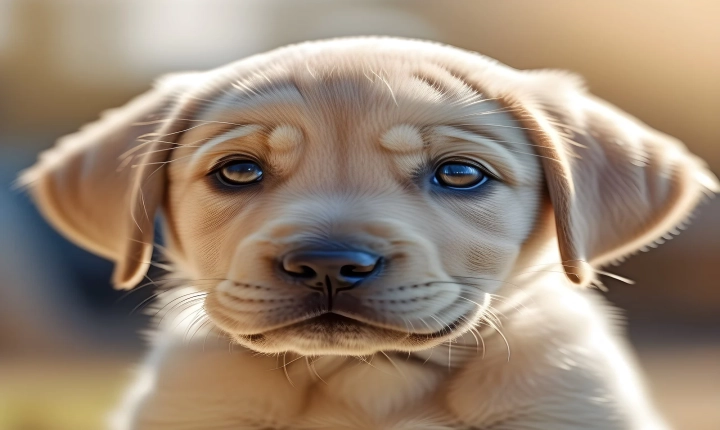Creating charts with ChatGPT – A Beginner’s Guide
Data visualization is a powerful tool that helps in interpreting and understanding complex data sets. Charts and graphs are essential for conveying insights and patterns present in the data. With the development of AI and natural language processing, it is now possible to create charts with the help of language models like ChatGPT.
In this article, we will explore the process of creating charts using ChatGPT, a language model developed by OpenAI. ChatGPT is a versatile tool that can assist in generating various types of charts, such as bar graphs, pie charts, line plots, and more. With its ability to understand and respond to natural language input, ChatGPT can be used to generate charts from textual descriptions of data.
Here are the steps to create charts using ChatGPT:
Step 1: Define the Data
The first step in creating a chart with ChatGPT is to define the data that you want to visualize. This can be done by providing a clear and concise description of the data, including the variables, categories, and any specific characteristics that need to be highlighted in the chart.
For example, if you want to create a bar chart showing the sales performance of products in a particular month, you can provide a textual description of the product names and their corresponding sales figures. This description should be clear and specific to ensure that ChatGPT accurately understands the data.
Step 2: Provide Clear Instructions
Once the data is defined, the next step is to provide clear instructions to ChatGPT on the type of chart you want to create. You can specify the type of chart, the variables to be plotted, the format of the chart, and any other specific requirements.
For instance, if you want to create a pie chart showing the distribution of expenses in different categories, you can instruct ChatGPT to generate a pie chart with the expense categories and their respective proportions. The more specific and detailed the instructions, the better the chances of getting an accurate and relevant chart.
Step 3: Generate the Chart
After providing the data and instructions, ChatGPT will process the input and generate the requested chart. The language model will analyze the input, understand the context, and use its natural language generation capabilities to create the chart based on the provided information.
ChatGPT can generate a wide range of charts, including bar charts, line plots, scatter plots, pie charts, and more, based on the input it receives. The generated chart can then be presented in various formats, such as images or interactive visualizations, depending on the specific requirements.
Step 4: Review and Refine
Once the chart is generated, it is important to review the output and refine it if necessary. This may involve revising the input instructions, providing additional context or clarification, or making any necessary adjustments to the generated chart.
By reviewing and refining the output, you can ensure that the chart accurately represents the data and effectively communicates the insights you want to convey. This iterative process can help in fine-tuning the output and getting the most relevant and useful chart based on the input.
Conclusion
Creating charts with ChatGPT is a powerful way to leverage natural language processing to visualize data. By following the steps outlined in this article, you can effectively use ChatGPT to generate various types of charts based on textual descriptions of data. Whether you are a data analyst, researcher, or business professional, the ability to create charts with the help of language models like ChatGPT can be a valuable asset in your data visualization toolkit.
